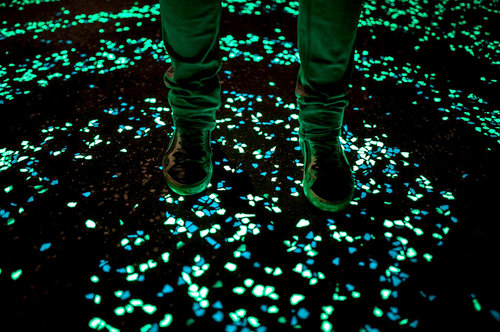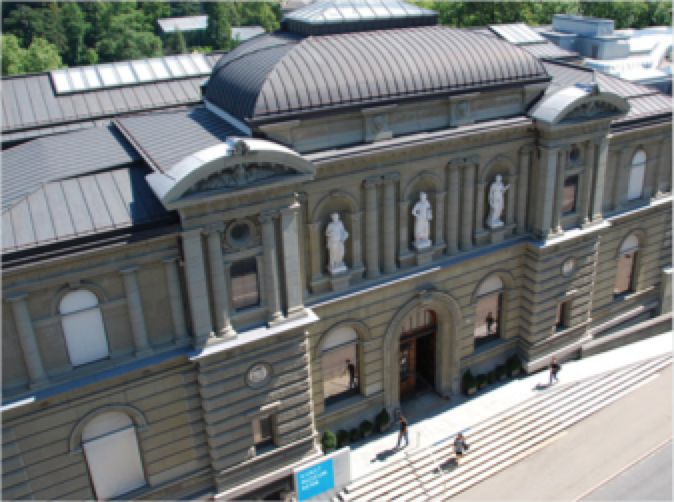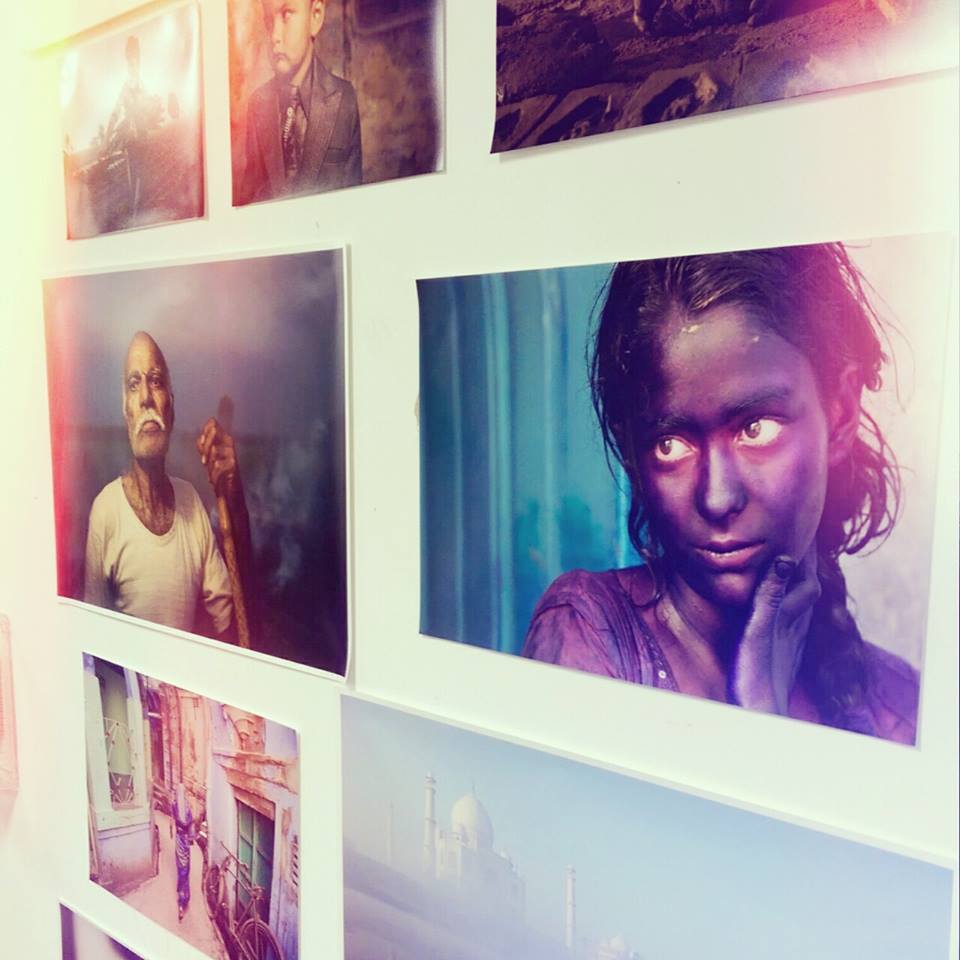This is the fourth installment in the Meridian Center for Cultural Diplomacy’s Soft Power: The Monthly Roundup, a compilation of unique cultural diplomacy initiatives using art and technology.
This past month we were intrigued by these six cultural diplomacy efforts:
A Starry Night to Walk On

Artist Daan Roosegaarde has created a bike path in Eindhoven, Netherlands, that pays homage to the city’s best-known painter, Vincent Van Gogh. Thousands of solar-powered LED lights mimicking Van Gogh’s Starry Night opened to traffic on November 12th to commemorate the 125th anniversary of the artist’s death. Roosegaarde hopes that his project will speak to many people, from those interested in innovation to young couples going on their first dates. By combining technology and art to create this attraction, he has drawn attention to environmental sustainability and has made a masterpiece more accessible to the public.
Bathroom Breaks
![Flora, a high school student in Mozambique, shares a bathroom with several families, including her own. She says that she “hate[s] using this toilet. Sometimes men peek over the fence. There is no privacy.” (Credit: James Oatway)](https://blog.meridian.org/wp-content/uploads/2014/12/toilet.jpg)
State-of-the-Art University Museums

In an age where public schools’ arts programs are often the first to be cut, elite universities are upping their game with state-of-the-art arts complexes to better educate their students and the public about the importance of art and its integral part in understanding our past. Harvard’s three art museums reopened this month after a six-year renovation to combine and open up the spaces. Yale University Art Gallery’s overhaul in 2012 doubled attendance by allowing curators to place significantly more of its collection on view. Currently, Stanford University’s Iris & B. Gerald Cantor Center for the Visual Arts is expanding its footprint to include a concert hall and a new art and art history building. The overarching purpose of this arts-race is not just to create the newest, flashiest art museum, but also to preserve cultural wealth for posterity and serve as the best teaching tool possible for professors, students, scholars, and visitors by facilitating cultural connections and knowledge sharing.
Handling Nazi-Era Art

After much deliberation, the Kunstmuseum in Bern, Switzerland, has accepted a bequest from Mr. Cornelius Gurlitt’s collection of more than 1,500 works of art, over 240 of which are thought to have been obtained illegally during the Nazi regime. The museum’s commitment to the investigation of these pieces involves a team of international art historians and experts combing the history of each work before it enters the museum’s collection. Following the agreement between the museum, the German government, and the state of Bavaria that vowed transparency, museum director Christoph Schäublin told reporters that the museum would adhere to the 1998 Washington Conference Principles on Nazi-Confiscated Art, which provides guidelines for the location of owners, or their heirs, so that just and fair solutions can be reached. This is an opportunity for international cultural institutions and governments to work together to redefine the rules for handling Nazi-looted art, still a heated issue for the art world.
Digital Diplomacy: Diversifying the Emoji

Responding to a lack of diversity, Apple, and the Uniform Consortium – the people who ensure that text, numbers, and characters appear the same globally across different platforms – announced that in 2015, the Emoji keyboard will add five more skin tones to its standard selection. In order to better represent the world’s diverse ethnicities, the consortium decided to base the new cartoons on the six tones of the Fitzpatrick scale, which classifies skin type by its response to sun exposure. These changes have been in the works for a while, but some people still feel that these additions are long overdue. “It’s about time. I didn’t have anything to represent me,” Sharmar Cole, a black teenager, told The Daily News.
FotoWeekDC

FotoWeekDC, held November 8th to the 16th, promoted cultural diplomacy through its many events showcasing the work of minority groups and global projects alongside historical photographs and juried exhibitions. Organized by FotoDC, a group dedicated to the accessibility of diverse and high-quality photography, the festival has grown significantly since its conception in 2008. A significant amount of the programming remains free of charge to the public. This year’s week-long festival included exhibitions such as Women Photojournalists of Washington, Our Walls Bear Witness: Crisis in Central African Republic, and New Spanish Photography: Visions Beyond Borders, as well as the FotoBazaar – a non-juried space for up to 250 artists to display and sell their photographs – and many other photography-related events.
















